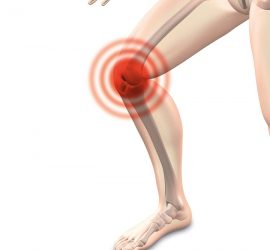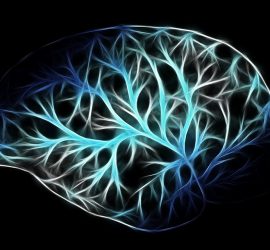Pain education increases pain thresholds after exercise
In people with chronic pain, the interactions between exercise and pain are complex. On one hand, regular exercise may be one of the most effective treatments because it consistently improves pain, function and quality of life (Geneen et al., 2017). On the other hand, a single session of exercise, such […]



